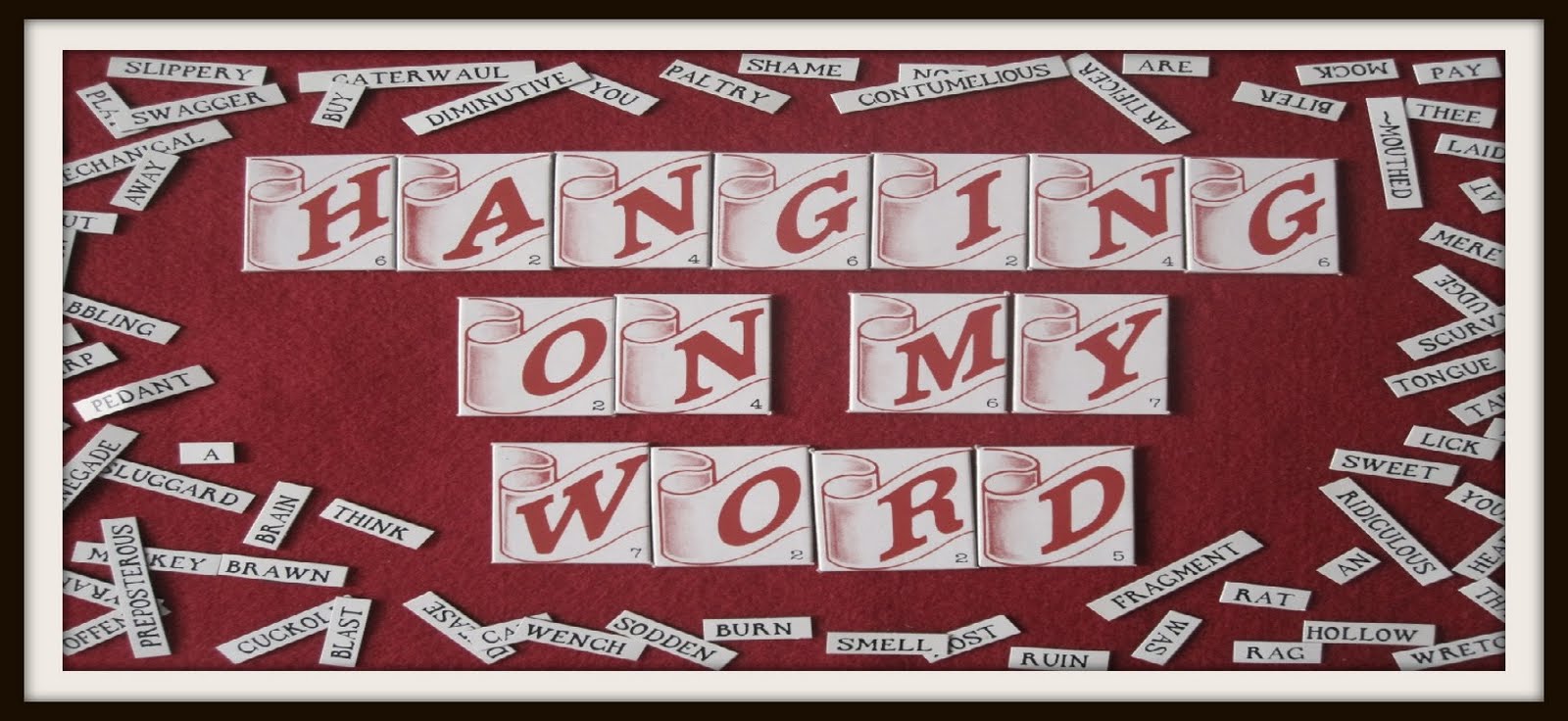This week’s
Sepia Saturday image prompt is a marbles game. It made me think of this family treasure and one of my mother’s favourite sayings.
This solitaire set above dates from 1927 and has appeared before in my post
Let’s Play a Game where you can read about its history. When I wrote that post in 2012, both my parents were still alive; sadly Dad died later that year, and it became apparent immediately after the funeral that Mum was beginning to decline mentally. She was still enjoying reading, crosswords, knitting and living independently until late last year when, after a fall, she ended up in hospital over Christmas, and we finally realised that she wasn’t coping. She’d become very repetitive and forgetful and eventually it was agreed that she would be assessed whilst recuperating in a care home, early this year.
This weekend the flat she had shared with my Dad for their last few years together, is being cleared and all the things that Mum will need with her are being taken to her new place: the precious little mementos, the poetry books and those wonderful photo albums, the contents of which have been the mainstay of my sepia posts. For some time now Mum has been saying, “I must be losing my marbles!” when gently reminded of something. The short-term memory was the first to go, but now even those wonderful stories she once was able to share with me have also faded.
I learned, from a course that I’m following, that poetry and songs, learned in childhood, often stick when other memories have long since flown. One day I searched for one of Mum’s very favourite poems, which she would quote to me over the years,
'Brumana’ by James Elroy Flecker, and in one of our phone conversations I read the first line to her:
“Oh shall I never be home again!” and Mum immediately followed up with;
“Meadows of England, shining in the rain
Spread wide your daisied lawns; your ramparts green.”
We did the next line together as she was beginning to falter, but I’m sure with help it would have come back. It was an uplifting moment - for us both. If you read the poem, you’ll find that the last three lines are:
“Half to forget the wandering and pain
Half to remember days that have gone by,
And dream, and dream that I am home again.”
Mum won’t be going home again but she will be well cared for and loved right to the end. Last week it was my birthday and I wrote this poem about about our conversation
Half to Remember
“Happy Birthday” trills Mum down the phone,
“Sorry I forgot to get you anything or send a card,
I must be losing my marbles.”
I resist the urge to reply with the truth,
“Well, yes I’m afraid you are”
and smile to myself instead.
We chat for a while, about this and that;
How is the weather? Is the sun shining?
I’ve just had my tea, Any visitors?
I tell her about my birthday,
“ I forgot,” she says again,
“I must be losing my marbles.”
She’s half-aware that all’s not well,
but happy enough in her own world.
“Don’t worry, I say and change the subject.
Mum gave me the very best gift of all;
for nine months she carried me,
then brought me into the world.
She nurtured me, cared for me, loved me
throughout my sixty-four years;
Now it’s her turn to need those things.
At last, when we’ve been round
the same things a few times, we say goodbye.
“Lots of love!” she sings out; oh yes, lots and lots.
© Marilyn Brindley 2016





















